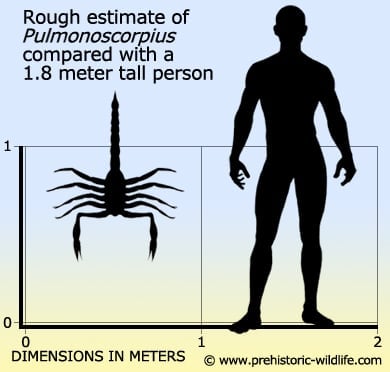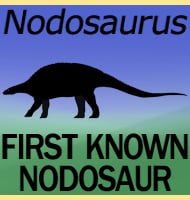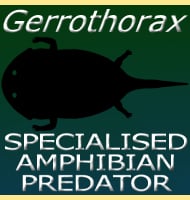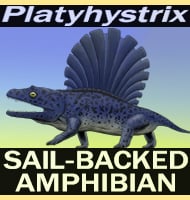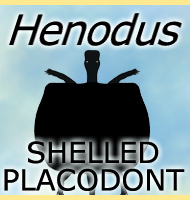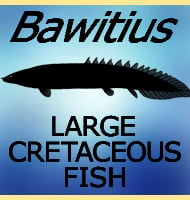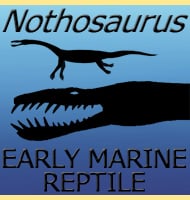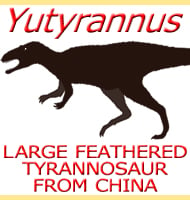In Depth
Like the giant Meganeura, Pulmonoscorpius is thought to have achieved its large size from the higher oxygen content of the air of the Carboniferous period. The superficial morphology of Pulmonoscorpius is that of a larger version to today’s scorpions, although its proportionally larger eyes have led to the suggestion that it may have been a more visually orientated hunter.
It is impossible to say how toxic the venom of Pulmonoscorpius would have been, but a good rule of thumb is that the smaller the pincers are in relation to the thickness of the tail, the more potent the venom, with the thicker tails holding larger amounts. This holds true to today’s scorpions with those that have small pincers and fat tails being more feared by people who have become accustomed to their presence.
It is also hard to say with certainty what the diet of Pulmonoscorpius would have been, although as a scorpion it would almost certainly have been carnivorous. It may have focused its attentions upon other large arthropods, and maybe even the smaller amphibians and early reptiles. One clue may be the relatively small size of the pincers, indicating either a focus on prey smaller than itself, or a greater reliance on its venom to take down larger prey which was then manipulated with the pincers when dead.
Further Reading
– Scorpions from the Vis�an of East Kirkton, West Lothian, Scotland, with a revision of the infraorder Mesoscorpionina. – Transactions of the Royal Society of Edinburgh: Earth Sciences 84:283-299 – Andrew J. Jeram – 1994. – Phylogeny, classification and evolution of Silurian and Devonian scorpions – Andrew J. Jeram – In Paul A. Selden. Proceedings of the 17th European Colloquium of Arachnology, Edinburgh 1997. British Arachnological Society. pp. 17–31
